That is the regulation on "made in Vietnam" goods that the Ministry of Industry and Trade proposed to the Government to build in 2018. But after 6 years, it still cannot be issued.
This proposal was initiated by the Ministry of Industry and Trade after the scandal of customs investigating the origin of Asanzo's goods when Mr. Pham Van Tam was chairman. At that time, the General Department of Customs suspected that Asanzo and related companies had 4 main violations. These were infringement of industrial property rights, deceiving consumers, violation of origin, and tax evasion.
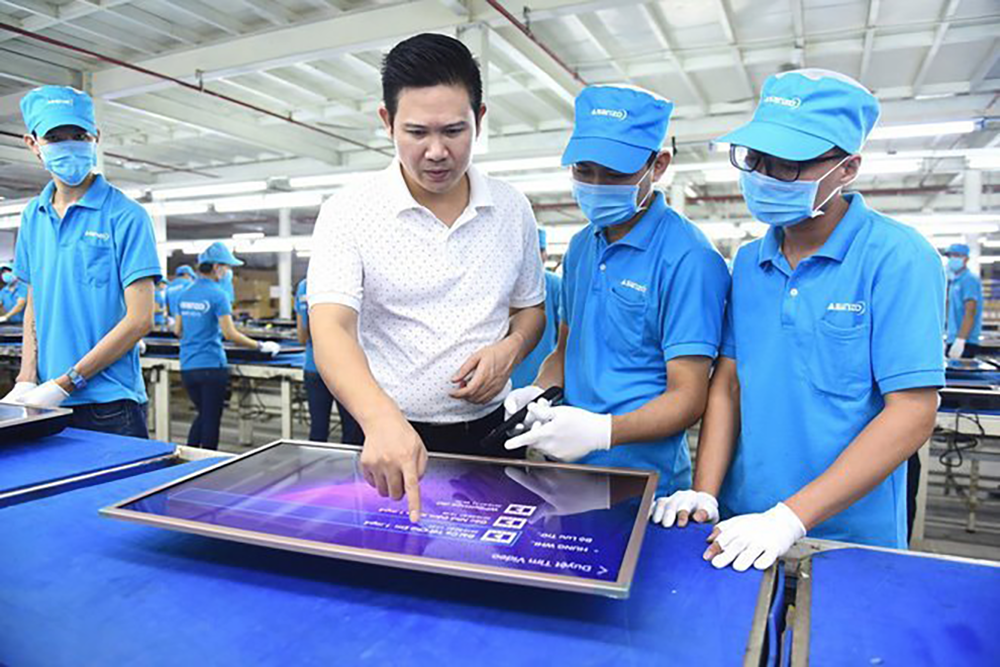
The case was then investigated by the Ministry of Public Security's Investigation Police Agency (C03) to clarify signs of "manufacturing and trading in counterfeit goods" and "deceiving customers" in the import and export of goods and components of Chinese origin but relabeling or simply assembling them, then labeling them "Asanzo" with Vietnamese origin for consumption in the domestic market or exporting to a third country. In addition, it is to clarify whether or not there are signs of "smuggling" or "tax evasion".
In particular, with the act of fraudulently declaring the origin of Vietnamese goods of goods bearing the Asanzo brand, a problem was pointed out that the current law has not yet regulated the origin of domestically assembled and circulated goods, and there are also no regulations on criteria for goods to be labeled "made in Vietnam", so it cannot be concluded that Asanzo's purchase of components from domestic companies and individuals, then processing and assembling to create complete electronic products, labeled "made in Vietnam" or "manufactured in Vietnam", "country of manufacture Vietnam", "origin Vietnam" or "manufactured by Vietnam" is wrong.
Therefore, to answer the question: What are "goods made in Vietnam", the Ministry of Industry and Trade has actively developed regulations on this.
However, up to now, the draft has not been able to be issued at the circular or decree level after many discussions.
In a report sent to the National Assembly Standing Committee in August 2023, the Ministry of Industry and Trade, authorized by the Government, raised a series of problems related to the inability to issue regulations and conditions on what constitutes goods made in Vietnam, applicable to domestically circulated goods.
The Ministry of Industry and Trade also admitted that the regulation on "made in Vietnam" goods was proposed by the Ministry to the Government in 2018. However, one of the problems that has caused the establishment of criteria for origin of goods for goods produced in Vietnam to remain "stuck" is because there are no regulations on criteria and conditions for businesses to identify and display goods on packaging as "products of Vietnam" or "made in Vietnam".
According to the Ministry of Industry and Trade, at first, the Ministry reported to the Government to develop a circular on "made in Vietnam". However, by 2019, the content of the circular, after being submitted to ministries and branches for comments, had policies beyond the Ministry's authority. Therefore, the Ministry of Industry and Trade requested to change direction to develop a decree on "made in Vietnam".
By 2021, the Government issued Decree 111/2021/ND-CP (Decree 111) amending and supplementing Decree 43/2017/ND-CP on product labeling. Contents on how to label products have been included in Decree 111.
That is, the "made in Vietnam" regulation will only focus on providing a set of origin criteria to identify goods made in Vietnam, which is the basis for labeling the origin of goods. According to the assessment of the Ministry of Industry and Trade, at this time, the construction of a "made in Vietnam" document at the decree level is no longer necessary.
By May 2022, the Government agreed to allow the Ministry of Industry and Trade to return to drafting regulations at the circular level instead of decree level. However, the problems regarding the issuing authority are "uneven" with the functions and tasks of the Ministry of Industry and Trade.
Another reason for the delay in completing the regulations is that the circular-level regulations on "made in Vietnam" goods will be more legally strict than the current regulations on domestic goods, so "there are potential legal risks and it is easy to encounter negative reactions from businesses".
In addition, in reality, when the circular has not been issued, enterprises are still determining goods produced in Vietnam according to the principles of Decree 111. In the 5 years of implementing the regulation, the Ministry of Industry and Trade has only received documents from 16 enterprises requesting guidance on determining whether goods are allowed to be labeled as made in Vietnam or not.
Another reason why it is not possible to issue criteria for 'made in Vietnam' goods is the concern about the burden of compliance costs for businesses. In theory, the circular's regulations only apply when traders want to label their goods "made in Vietnam" (meaning only goods that want to have this label will be regulated). In cases where goods do not state their Vietnamese origin, they will not be affected by this policy.
However, according to Decree 111, the regulation of "origin of goods" is a mandatory content on the product label. Accordingly, all goods produced in Vietnam will have to comply with regulations and criteria if the authorities issue a Circular "made in Vietnam", except for goods of foreign origin. Therefore, if this regulation is issued, it will have a huge impact on businesses.
In addition, import-export enterprises are familiar with concepts in the field of origin such as value content, code conversion, HS code; have human resources and accounting systems to calculate parameters, so compliance is not difficult. However, this regulation will be an obstacle for enterprises, small-scale production facilities, individual business households, and may even incur large compliance costs for enterprises.
In particular, when traceability activities in Vietnam still face many difficulties, determining the origin of each component and raw material is not easy and very costly.
In the context of economic difficulties, the Ministry of Industry and Trade believes that issuing new regulations and conditions, which may incur compliance costs for businesses, is inappropriate.
This agency said at that time that it would work with the Ministry of Justice to study and handle problems regarding the authority to issue the circular and consider issuing this regulation according to its authority at an appropriate time to minimize the impact on the production and business activities of enterprises.

Source: https://vietnamnet.vn/mon-no-chinh-sach-6-nam-tu-vu-lum-xum-cua-ong-pham-van-tam-va-asanzo-2294764.html


![[Photo] Dan Mountain Ginseng, a precious gift from nature to Kinh Bac land](/_next/image?url=https%3A%2F%2Fvphoto.vietnam.vn%2Fthumb%2F1200x675%2Fvietnam%2Fresource%2FIMAGE%2F2025%2F11%2F30%2F1764493588163_ndo_br_anh-longform-jpg.webp&w=3840&q=75)





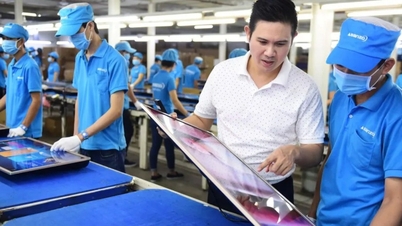


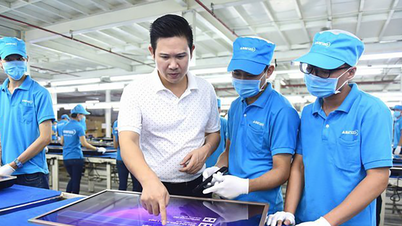



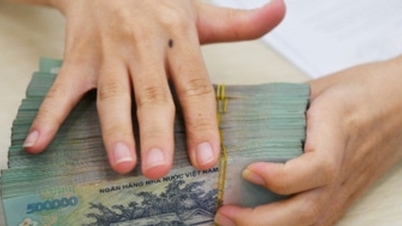


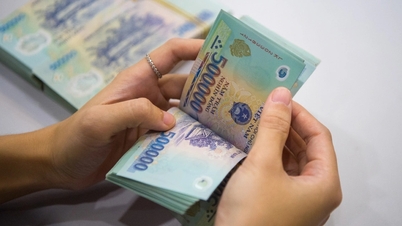
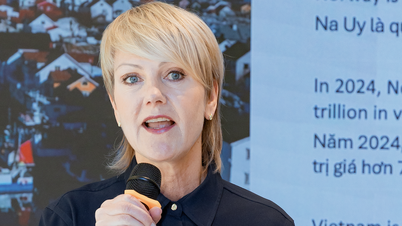

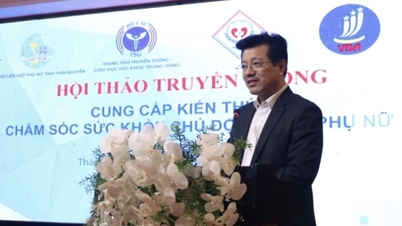

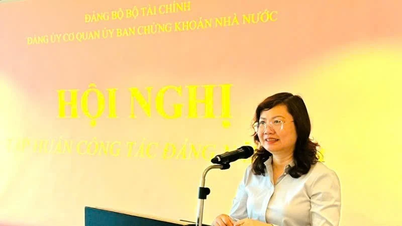







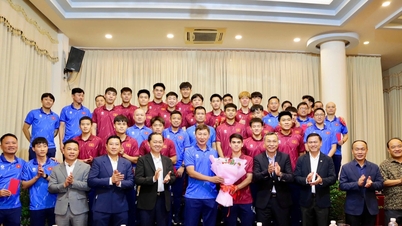








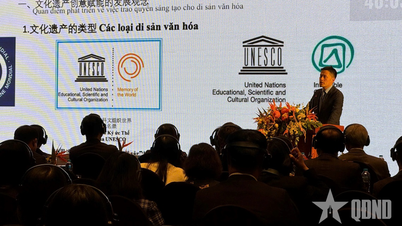

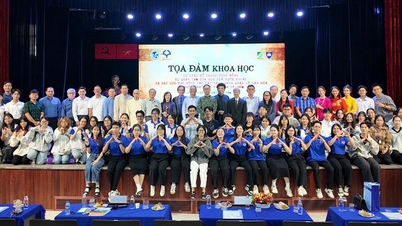

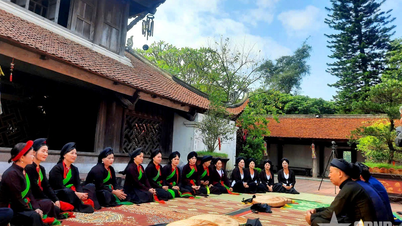







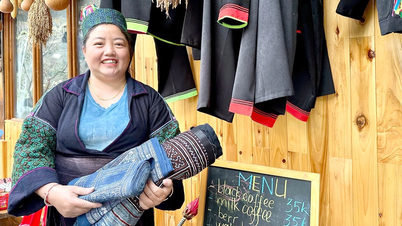




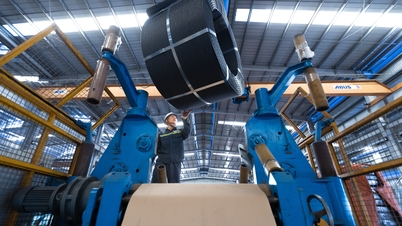
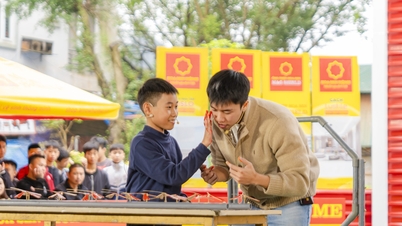







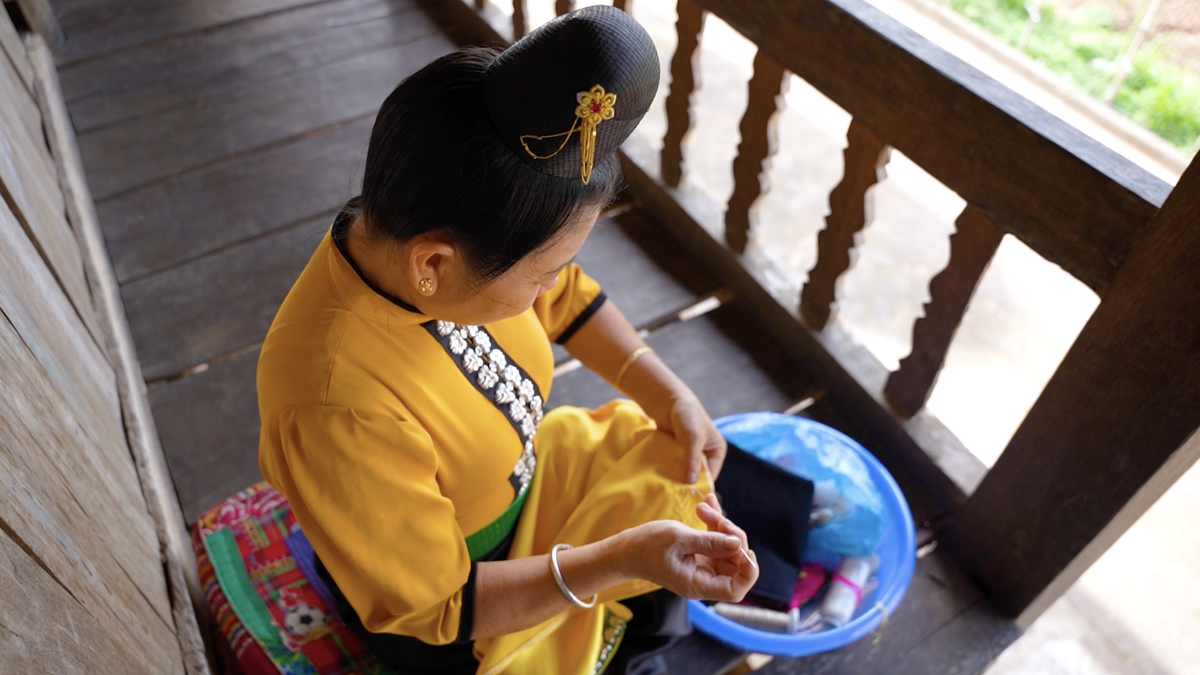




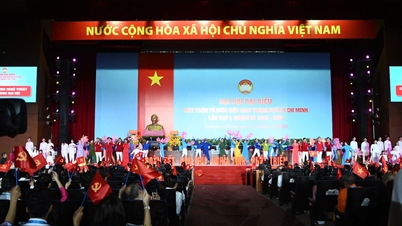






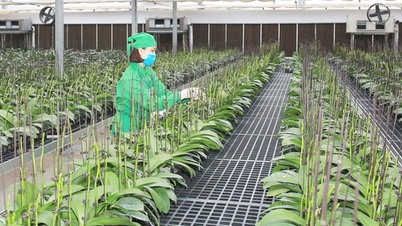




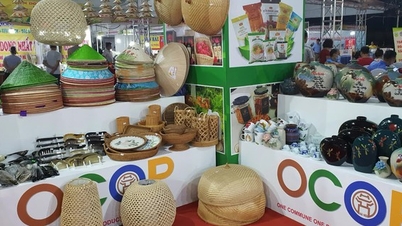


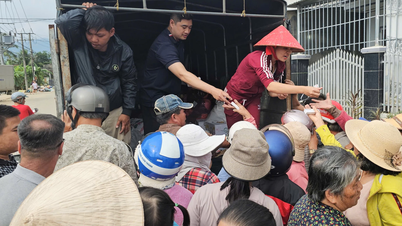

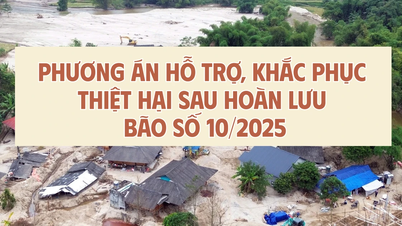



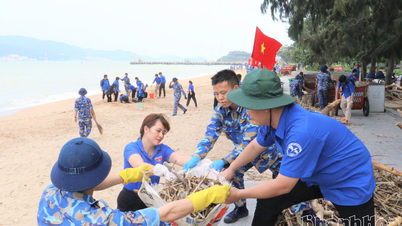
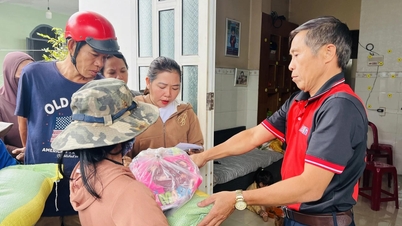





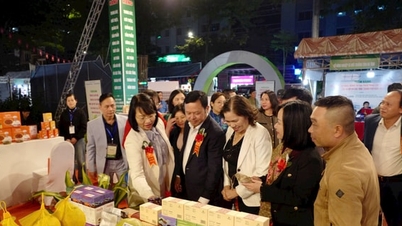
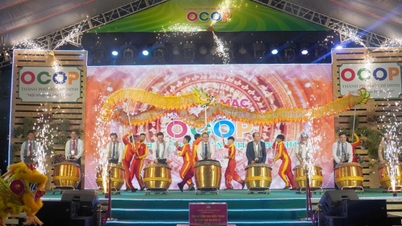

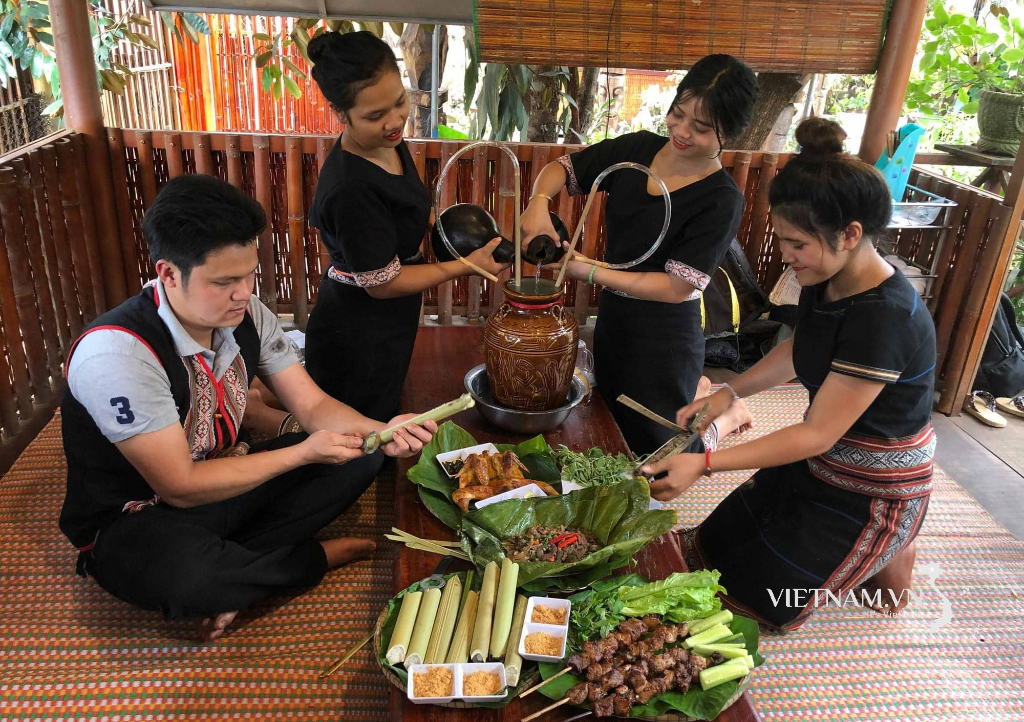

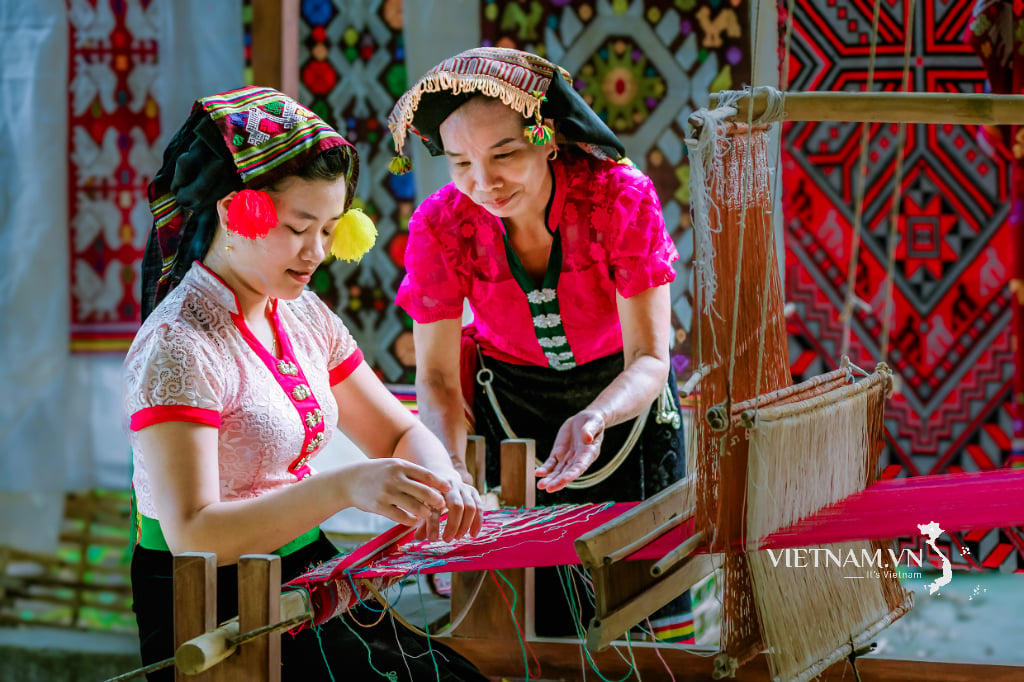

Comment (0)